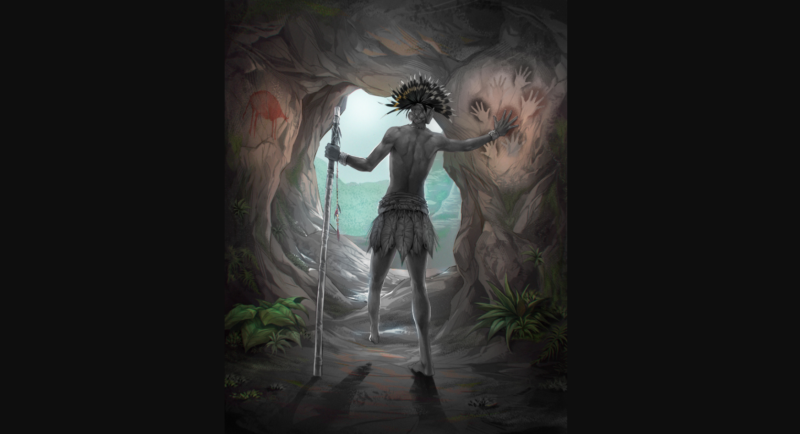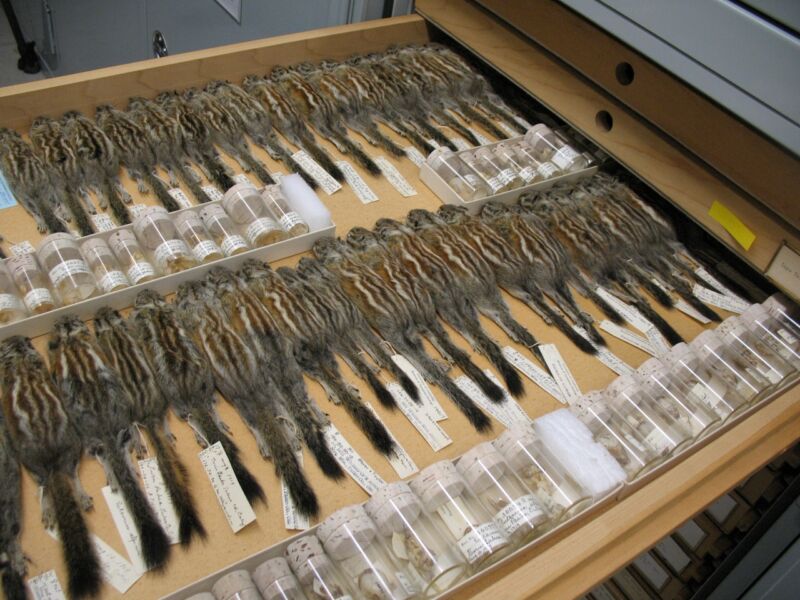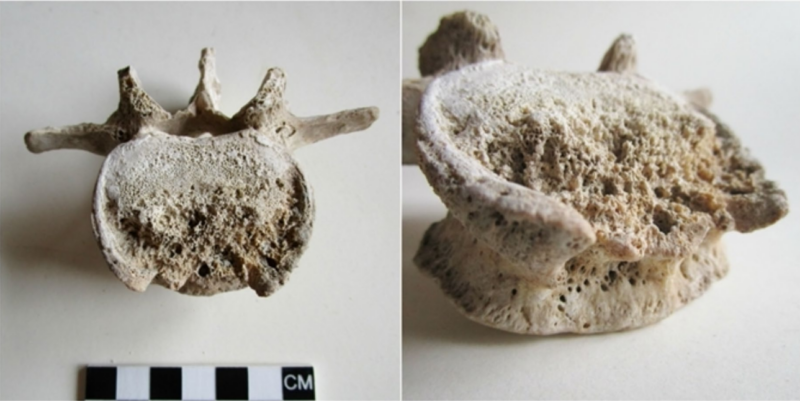-
 chevron_right
chevron_right
Our ancestors ate a Paleo diet. It had carbs
news.movim.eu / ArsTechnica · Saturday, 1 October, 2022 - 12:05 · 1 minute

Enlarge / A young Hadza bushman making an arrow for a hunting bow. (credit: chuvipro via Getty Images )
What did people eat for dinner tens of thousands of years ago? Many advocates of the so-called Paleo diet will tell you that our ancestors’ plates were heavy on meat and low on carbohydrates—and that, as a result, we have evolved to thrive on this type of nutritional regimen.
The diet is named after the Paleolithic era, a period dating from about 2.5 million to 10,000 years ago when early humans were hunting and gathering, rather than farming. Herman Pontzer, an evolutionary anthropologist at Duke University and author of Burn , a book about the science of metabolism, says it’s a myth that everyone of this time subsisted on meat-heavy diets. Studies show that rather than a single diet, prehistoric people’s eating habits were remarkably variable and were influenced by a number of factors, such as climate, location and season.
In the 2021 Annual Review of Nutrition, Pontzer and his colleague Brian Wood, of the University of California, Los Angeles, describe what we can learn about the eating habits of our ancestors by studying modern hunter-gatherer populations like the Hadza in northern Tanzania and the Aché in Paraguay. In an interview with Knowable Magazine, Pontzer explains what makes the Hadza’s surprisingly seasonal, diverse diets so different from popular notions of ancient meals.



